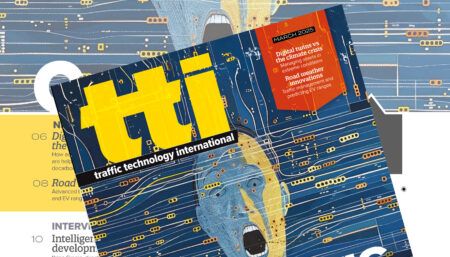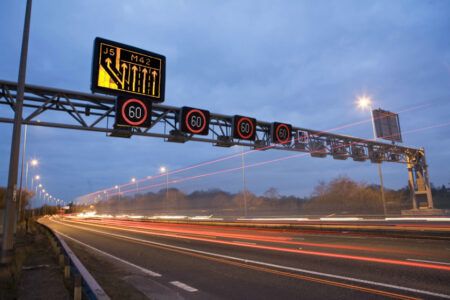According to global tech market advisory firm ABI Research, shipments of smart AI-based ITS cameras are expected to grow from around 33,000 in 2020 to more than 155,000 in 2025.
Smart AI-based cameras enable an increasing number of low latency mission-critical machine vision applications like pedestrian detection and alerting, and real-time surveillance in the ITS and the wider smart cities markets. Traffic management applications include adaptive traffic lights, vehicle prioritization and preemption, parking access and detection, and electronic tolling.
“Shipments of smart AI-based ITS cameras are expected to grow at a compound annual growth rate (CAGR) of more than 36% in the next five years. Camera system revenue will grow from US$46 million in 2020 to US$189 million in 2025,” says Dominique Bonte, VP of end markets at ABI Research. ”Advanced AI-capable processors featuring hardware acceleration for high-performance neural net software frameworks from silicon vendors like Intel, NVIDIA, and Qualcomm are propelling smart cameras into the mainstream, offering more features and flexibility at lower price points compared with legacy traffic and electronic toll collection (ETC) sensors like magnetic loops and Radio Frequency Identification (RFID).“
Meanwhile, the deployment of 5G and V2X connectivity allowing moving low latency analytics to the edge of telco networks – referred to as edge cloud, network cloud, multi-access edge computing (MEC) or distributed cloud – will enable a new range of application categories across larger geographical areas.
“In most cases the edge cloud will not replace the roadside edge but rather complement and enhance local safety and security systems into more aggregated, collective, cooperative, and holistic solutions including feeding urban digital twins with actionable local intelligence,” Bonte points out.
Closing the loop in near real-time between detection, alerting and local emergency response modes will allow improving the resilience of cities. The application of flood lighting following gunshot detection via audio sensors and automatically closing off gas distribution networks via electronically controlled valves following gas leak detection via chemical sensors are just two examples of next-generation urban safety and security solutions.
Both telco and cloud vendors – from Verizon, AT&T, and Nokia to AWS, Microsoft, and IBM – are keen to exploit new 5G monetization opportunities, in many cases partnering to unlock future edge cloud analytics business models.
These findings are from ABI Research’s Edge Analytics Cloud Use Cases In Smart Cities And Intelligent Transportation application analysis report. This report is part of the company’s Smart Cities and Smart Spaces research service, which includes research, data, and analyst insights. Based on extensive primary interviews, application analysis reports present in-depth analysis on key market trends and factors for a specific application, which could focus on an individual market or geography.





